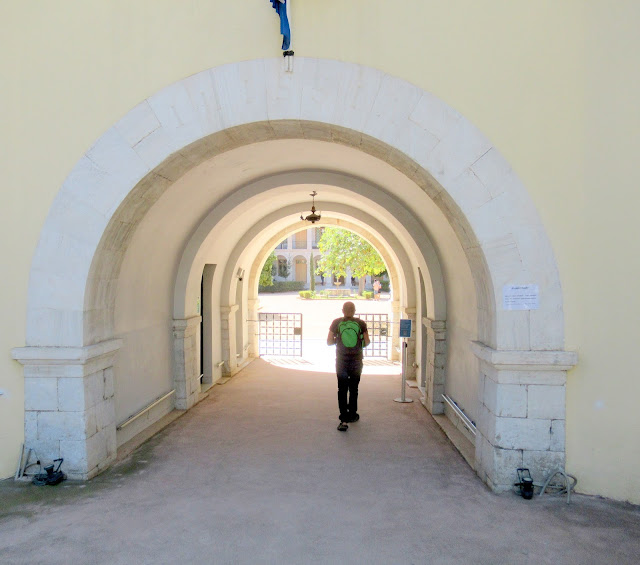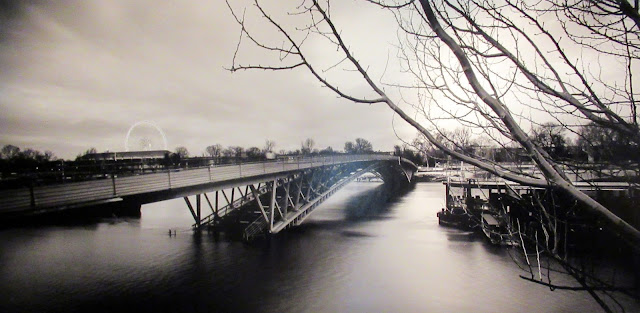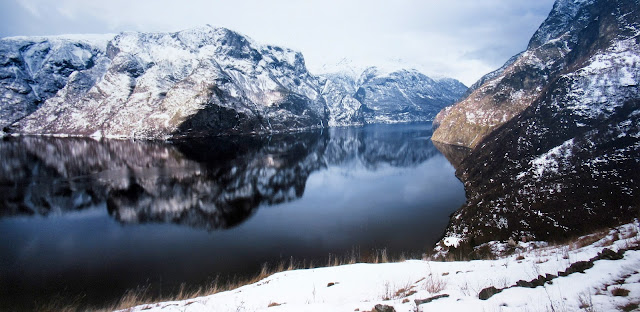Like most of Erieta Attali's work on her expeditions to the most remote areas of the world, often under extreme conditions, this exhibition is an exploration of the triptych of architecture, landscape and light.
Attali's photographs take us on a trip to 'discover' or 'rediscover' landscapes and architecture that are far from the center, looking for more than what is surprising or unknown and beyond the mere observation of what geology and architects have produced. But she is clearly not looking for the exotic with a view to shock. She is looking for beauty: both humanmade and in the natural environment.
The juxtaposition of photos that show nature as an inspiration for architecture is particularly daring. She is very at ease when she demonstrates that architecture can face the challenge of building in a beautiful site with transparency, reflection and integration through hiding or the use of materials borrowed from the surroundings, or, finally, through a straightforward contrast.
The photos are technically brilliant. Attali does not seem concentered on what geology, history or architectural talent has created. She seems to be sharing a private experience; so private there is never anybody in the pictures.
She reminds us that these landscapes have existed for millions of years and only very few visitors can see them in person; seeing most of these landscapes has depended on illustrators, artists, photographers and cinematographers to be revealed. Things only exist when we look at them - as Velasquez reminded us so clearly in Las Meninas.
The exhibition consists of two parts: photographs by Attali of projects undertaken by various architects which are exhibited in the gallery space; photographs of places that Attali has visited and photographed which are exhibited in the grounds of the museum.
Chalet 7, Portillo, Chile, Nicolas del Rio and Max Nufrez
Bundanon Trust NSW, Australia - Glen Murcutt

The New Acropolis Museum, Athens, Greece - Bernard Tschumi Architects

















No comments:
Post a Comment